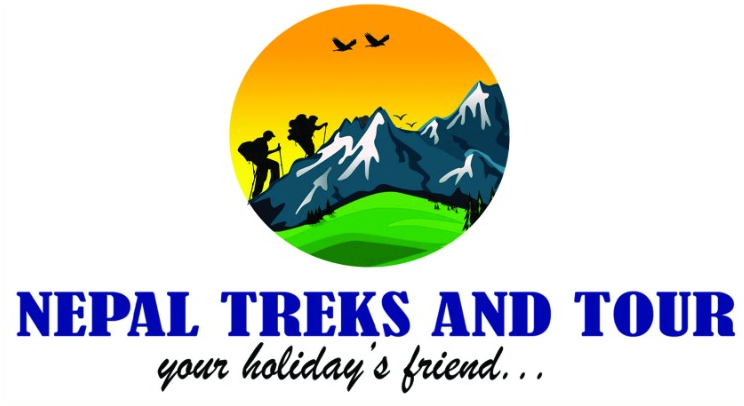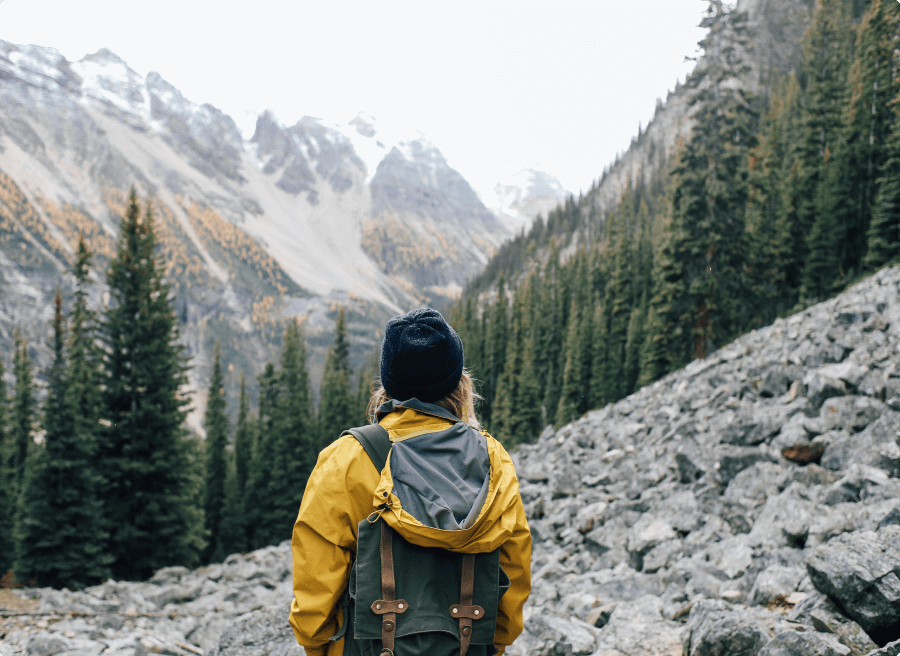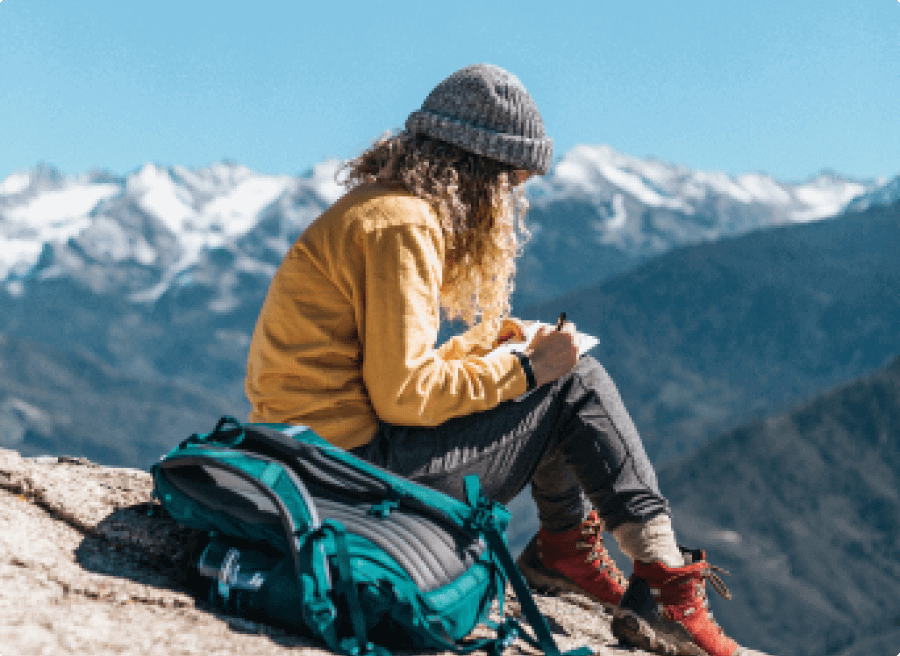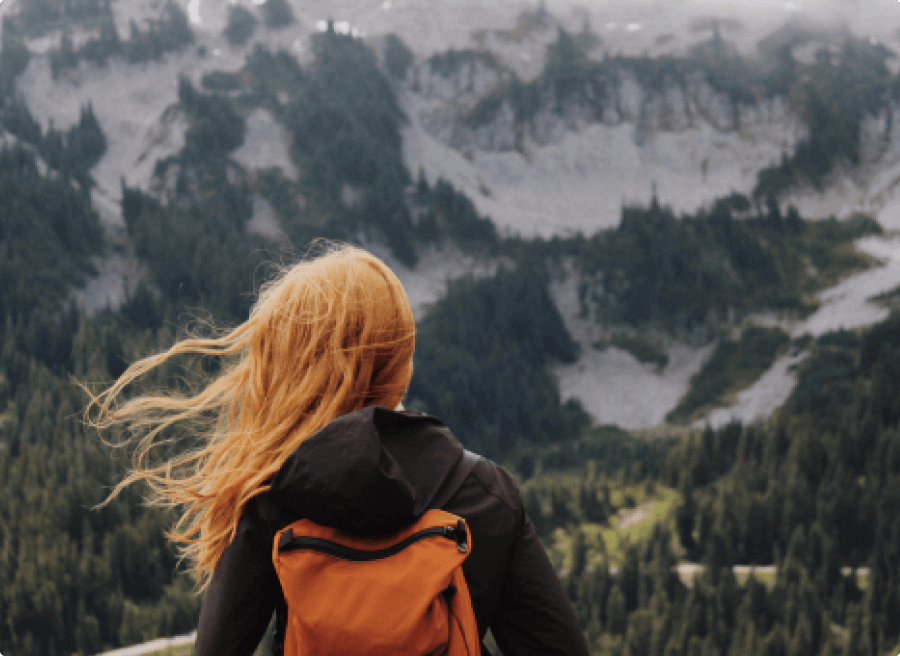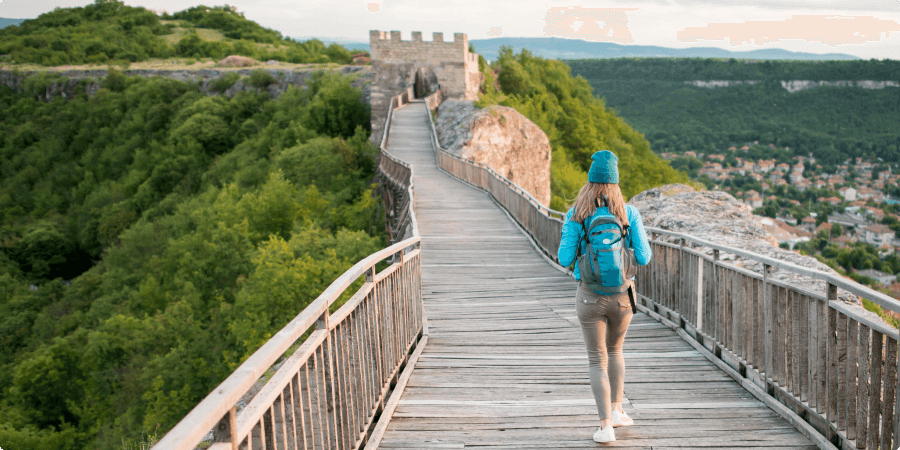Nepal is a wonderful destination for adventure enthusiasts, with its various landscapes, lush forests, towering mountains, and colorful culture. With the Himalayas on its northern border, Nepal provides a multitude of trekking and mountaineering opportunities.
Whether you’re a seasoned explorer or a beginner, deciding between hiking and peak climbing might be difficult. To assist you in picking which trip is right for you Trekking vs Peak Climbing in Nepal? Nepal Treks and Tours has highlighted five essential characteristics for each.
Trekking in Nepal

Accessibility and Inclusivity:
One of the most significant advantages of trekking in Nepal is its accessibility and inclusivity. Treks come in various difficulty levels, from easy and moderate routes like the Ghorepani Poon Hill trek to more challenging ones like the Annapurna Circuit or the Everest Base Camp trek.
This wide range of options ensures that trekkers of all experience levels can find a suitable trail. Moreover, most trekking routes are accessible without any specialized equipment or technical climbing skills, making them a perfect choice for a wide range of travelers.
Cultural Experience:
Trekking in Nepal isn’t just about the stunning natural landscapes; it’s also an opportunity to immerse yourself in the rich local culture. Along your trek, you’ll encounter remote villages, interact with the friendly locals, and witness their traditional way of life.
You can explore ancient monasteries, visit tea houses, and even partake in local festivals, adding a unique cultural dimension to your adventure.
No Technical Expertise Required:
Unlike peak climbing, trekking in Nepal doesn’t demand specialized technical skills or equipment such as ropes, ice axes, or crampons. You’ll only need basic hiking gear, a good pair of trekking boots, and a sturdy backpack.
This simplicity makes trekking more accessible to a broader range of people, allowing you to enjoy the Himalayan landscapes without extensive training or previous climbing experience.
Safety and Acclimatization:
Trekking routes are generally less strenuous on the body than peak climbing, which often involves high-altitude acclimatization. With adequate acclimatization periods, trekkers can gradually ascend to higher altitudes without pushing their limits, reducing the risk of altitude-related illnesses.
Nepal’s trekking routes are well-established and supported by teahouses and lodges, providing safety and comfort along the way.
Affordability:
Trekking in Nepal is a budget-friendly adventure. The cost includes permits, accommodation, food, and a guide if desired, making it more accessible to a wide range of travelers.
You can choose from a variety of trekking packages based on your budget and preferences, making it an excellent option for those who want to explore the Himalayas without breaking the bank.
Peak Climbing in Nepal

Ultimate Challenge:
For those seeking a more extreme adventure, peak climbing in Nepal presents the ultimate challenge. Climbing some of the world’s highest peaks, such as Island Peak or Mera Peak, demands physical and mental endurance, as well as advanced technical skills.
The sense of accomplishment upon reaching a summit is incomparable, and it’s a feat that only a select group of adventurers can claim.
Technical Skills and Training:
Peak climbing is not for the faint of heart. It requires specialized training in technical skills like ice and rock climbing, as well as the use of mountaineering equipment.
If you’re an experienced climber looking for a new challenge, Nepal’s peaks offer a fantastic opportunity to put your skills to the test. It’s essential to be physically fit and well-prepared for the demanding conditions you’ll face at high altitudes.
Personalized Adventures:
Peak climbing offers a more personalized and remote experience. Unlike the well-trodden trekking paths, climbing routes are less crowded, allowing you to truly connect with the wilderness and the mountain.
You’ll need a skilled guide and a support team, but the sense of isolation and self-reliance can be incredibly rewarding.
High-Altitude Experience:
Peak climbing will take you to elevations well above the typical trekking routes. This high-altitude experience can be physically and mentally demanding but also incredibly rewarding.
The breathtaking views from the summit are unparalleled, and you’ll gain an intimate understanding of the challenges and rewards of high-altitude mountaineering.
Exploration and Adventure:
Peak climbing in Nepal offers the opportunity to explore less-visited areas, delve deeper into the mountains, and tackle peaks that are off the beaten path.
If you’re an adventurer at heart, the thrill of exploring uncharted territories and conquering peaks that are not as well-known as Everest or Annapurna is a compelling reason to choose peak climbing.
Conclusion: Trekking vs Peak Climbing in Nepal

In conclusion, whether you opt for trekking or peak climbing in Nepal depends on your personal preferences, experience level, and your appetite for adventure. Trekking is ideal for those who want to explore stunning landscapes, enjoy a rich cultural experience, and do so without extensive technical training.
On the other hand, peak climbing is for the daring and experienced mountaineers looking for a unique and extreme challenge. Nepal Treks and Tours can help you plan the perfect adventure, whether you’re seeking the tranquility of a trek through lush valleys or the adrenaline rush of summiting a Himalayan peak. Ultimately, both options provide a gateway to the majestic beauty of Nepal and an experience that will stay with you for a lifetime.
